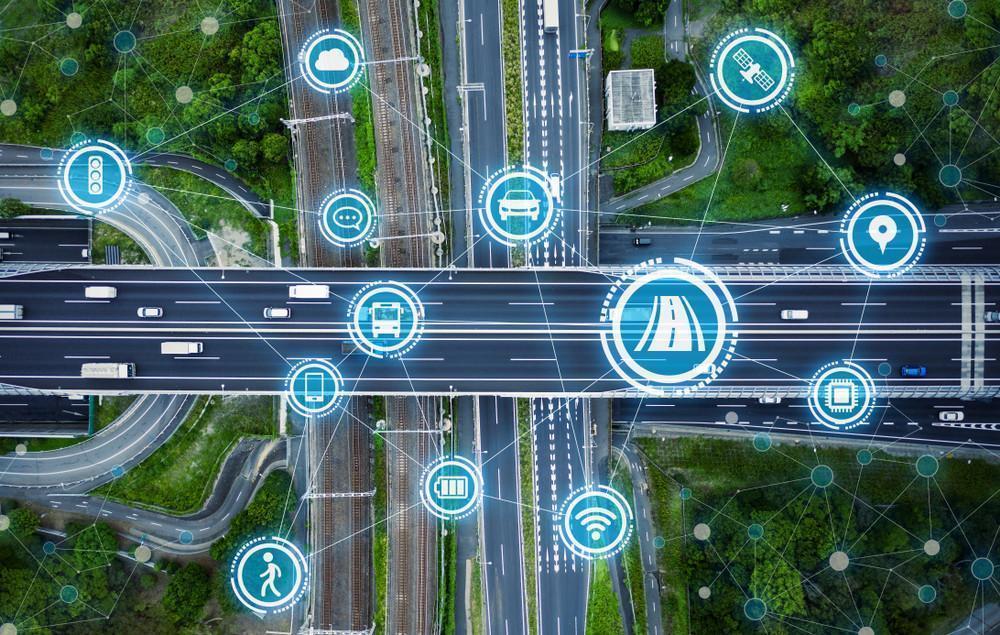How technology is changing traffic management: The future of commuting
Heavy traffic and road congestion is a new normal these days. Traffic congestion on road networks means slower speeds, longer travel times and more vehicles queuing. Cities are expanding beyond their carrying capacity and adding new roads and related infrastructure beyond the scope of these vast cities. While traffic congestion can never be completely eliminated, it can be managed to reduce delays, maintain speed, and improve travel time reliability.
In such a situation, technology plays an important role in managing the road and traffic system with optimal resources available, making our lives go smoothly. To ease traffic congestion on the roads, a combination of information and communication technology is used to manage traffic. The technology-enabled traffic management is called “Smart Traffic Management System”.
Smart Traffic Management System (STMS)
Intelligent Traffic Management is a system in which centralized traffic signals and sensors regulate the flow of traffic through an urban area to meet demand. The overall goal of STMS is to control daily congestion, reduce road accidents, monitor and control speeds, enforce traffic rules and regulations, and reduce vehicle pollution.
STMS are automated systems that utilize the most recent advances in Internet of Things (IoT) technology, such as sensors, cameras, network devices, and wireless applications. An IoT system can optimize traffic flow and improve safety by dynamically adjusting control mechanisms such as traffic lights, highway meters, efficient public traffic lanes, boards Highway announcements and also speed limits.
Maybe you don't know: Traffic Technology International: Haenni – Improving load security with portable scales
The benefits of STMS
Monitor and enforce regularly: A driver speeding, running a red light, running in the wrong direction will be detected by the intelligent traffic management system. The license plate has been read, and the person involved will automatically fine.
Smart and efficient city infrastructure: Technological advances in traffic management have made our cities smart. One of the goals of India's "Smart Cities Mission" is to provide sustainable solutions for traffic management through data-driven technology management.
Detect and clear heavy traffic: The intelligent traffic management system can automatically ease unexpected congestion by adjusting the timing of traffic lights to react to nearby traffic difference. STMS typically use a traffic management center to monitor and coordinate a large network of sensors and are discovering new ways to reduce traffic congestion and improve urban mobility. With an automated mechanism, response times can be reduced, and prompt wound treatment can mean the difference between life and death.
Emergency rerouting: Companies also want to clear the way for ambulances and police cars so there's no traffic waiting for them when they arrive. The ultimate goal of a traffic management system is to create a collaborative and autonomous vehicle that is connected, and mission-critical communication is quite simple to handle with technology.
Conclusion
Smart cities around the world are implementing smart traffic management techniques to increase the efficiency of their road networks, with highly efficient, protected and reliable information and communication solutions. reliability can make roads and highways more traffic-friendly in a safer way.
In short, unlike any other industry, technology is revolutionizing traffic management, making it more productive, efficient and effective for everyone on the planet. Having an intelligent emergency traffic management system not only fulfills its social responsibility, but also simplifies complex traffic management processes.




0 Comments